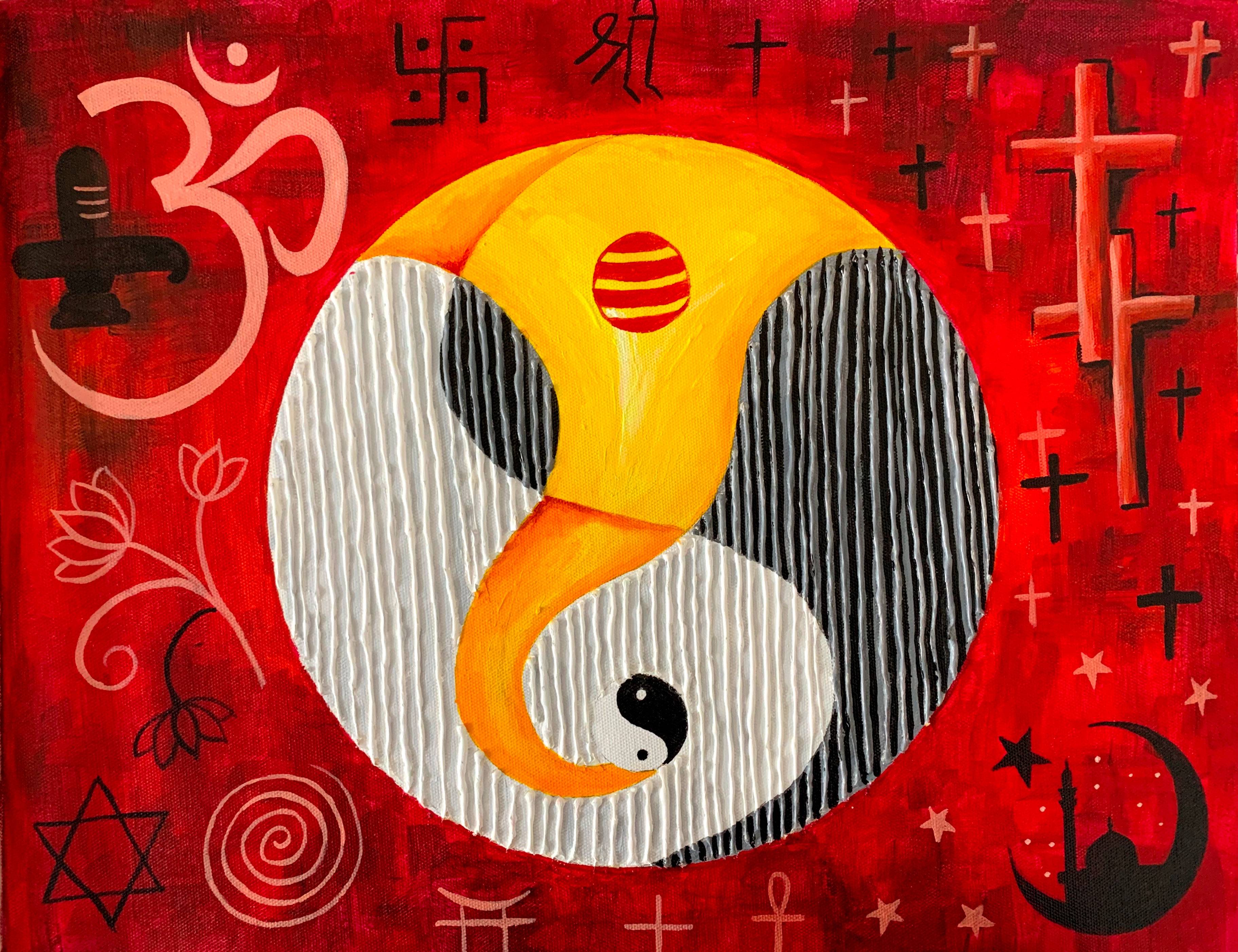Introduction:
Abstract art, with its enigmatic allure and the profound emotions it evokes, has long held a unique place in the world of artistic expression. Characterized by its departure from representational reality, abstract art challenges viewers to explore the depths of their own imagination. In this blog, we will delve into the origins of abstract art, examine some of its most iconic artworks, celebrate the visionary artists who pioneered this movement, and explore its profound impact on the art world.
Origins of Abstract Art
The origins of abstract art can be traced back to the late 19th and early 20th centuries when artists began to challenge traditional notions of art, seeking new ways to express their creativity. This departure from the representational style that had dominated art for centuries marked a pivotal moment in the history of art.
One of the key precursors to abstract art was Impressionism, a movement that aimed to capture the fleeting effects of light and color. Artists like Claude Monet and Edgar Degas sought to convey the essence of a scene rather than its precise details. This shift towards abstraction laid the foundation for the revolutionary changes that were to come.
Iconic Artworks
1. "Composition VII" by Wassily Kandinsky (1913)
- Wassily Kandinsky is often hailed as one of the pioneers of abstract art. "Composition VII" is a masterpiece of abstract expressionism, filled with vibrant colors, geometric shapes, and a sense of dynamic movement. Kandinsky believed that color and form could evoke profound emotional responses, and this painting is a testament to that belief.
2. "Black Square" by Kazimir Malevich (1915)
- Kazimir Malevich's "Black Square" is an iconic example of suprematism, a subgenre of abstract art that focused on the pure essence of geometric shapes. This simple yet enigmatic black square on a white background challenged conventional notions of art and encouraged viewers to contemplate the meaning of form and space.
3. "No. 5/No. 22" by Jackson Pollock (1948)
- Jackson Pollock's ground-breaking technique of "drip painting" redefined abstract expressionism. "No. 5/No. 22" is a dazzling display of energy and chaos, created by the artist's rhythmic and spontaneous drips and splatters of paint. This artwork challenged the boundaries of what could be considered a painting and emphasized the act of creation as much as the final product.
Visionary Artists
a. Wassily Kandinsky (1866-1944)
- As mentioned earlier, Kandinsky played a pivotal role in the development of abstract art. He believed that art should transcend the physical world and communicate directly with the soul. His writings, such as "Concerning the Spiritual in Art," articulated the spiritual and emotional dimensions of abstract art.
b. Piet Mondrian (1872-1944)
- Piet Mondrian was a Dutch painter who co-founded the De Stijl movement, which aimed to simplify and distill art to its essential forms. His iconic compositions featuring grids, primary colors, and bold black lines have had a profound influence on design and architecture, as well as art.
c. Jackson Pollock (1912-1956)
- Jackson Pollock's "drip painting" technique revolutionized the world of abstract expressionism. He became known for his energetic and spontaneous approach to creating art, which focused on the process as much as the final product. His work pushed the boundaries of what art could be and paved the way for future abstract artists.
Impact on Artworks
1. **Freedom of Expression**: Abstract art liberated artists from the constraints of depicting reality. It allowed them to express their emotions, thoughts, and inner worlds in a more abstract and open-ended manner, transcending the need for precise representation.
2. **Emotional Depth**: Abstract art often conveys deep emotions and personal experiences. Viewers are encouraged to explore their own emotional responses to the artwork, making each encounter a unique and introspective experience.
3. **Influence on Design**: The simplicity and boldness of abstract art have greatly influenced design fields such as graphic design, interior design, and architecture. The clean lines, geometric shapes, and vibrant colors seen in abstract art have found their way into everyday aesthetics.
4. **Pushing Boundaries**: Abstract art pushed the boundaries of what art could be. It challenged conventions and norms, encouraging artists to experiment with new techniques, materials, and ideas. This spirit of experimentation continues to shape contemporary art.
5. **Subjectivity**: Abstract art highlights the subjective nature of art appreciation. Each viewer may interpret an abstract artwork differently, and this subjectivity invites discussions and debates, enriching the art experience.
Conclusion:
Abstract art, with its origins in the late 19th and early 20th centuries, has become a powerful and enduring force in the art world. It has produced iconic artworks that challenge our perceptions, visionary artists who pushed the boundaries of creativity, and a lasting impact on the world of art and design. Through abstraction, artists have found a unique language to communicate emotions, thoughts, and experiences that transcend the limitations of the visible world. As we continue to explore the depths of human creativity, abstract art remains an essential and ever-evolving part of the artistic landscape, inspiring generations to come.







